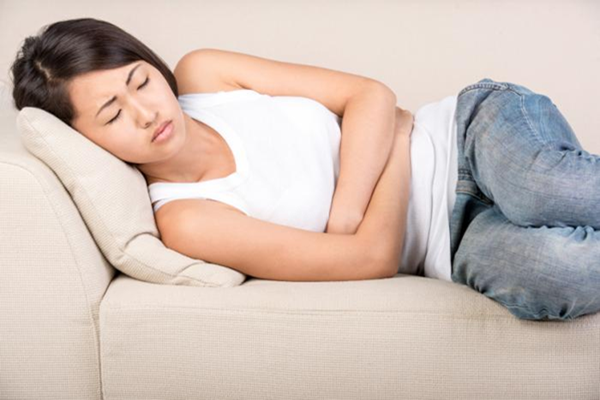What is the Best Pain Relief for Bladder Pain?

Bladder pain can be a frustrating and often debilitating experience, disrupting daily life and causing discomfort. People with conditions like interstitial cystitis (IC), urinary tract infections (UTIs), bladder stones, or pelvic pain syndrome may frequently experience bladder pain. Fortunately, various options are available to help manage and alleviate this discomfort. Finding the best pain relief method often depends on the underlying cause of the pain, but here’s a guide to some of the most effective treatments.
1. Over-the-Counter Pain Relievers
For temporary bladder pain, over-the-counter (OTC) pain relievers like ibuprofen or acetaminophen can offer some relief. These medications work by reducing inflammation and easing mild to moderate pain. However, prolonged use of OTC pain relievers without consulting a healthcare provider can lead to side effects, especially when taken frequently or in high doses.
2. Urinary Analgesics
Urinary analgesics like phenazopyridine (commonly sold as Azo or Uristat) can be particularly effective in providing short-term relief for bladder pain. These medications specifically target urinary tract pain, offering rapid relief from burning, urgency, and discomfort. While these medications address symptoms, they don’t address the root cause of the pain, so it’s important to use them as a supplementary measure alongside other treatments.
3. Prescription Medications
If bladder pain is more severe or chronic, a healthcare provider may prescribe medications that go beyond OTC pain relief. For example:
- Antispasmodics: These medications can help relax the bladder muscles, reducing pain and urgency.
- Antidepressants: Some antidepressants, particularly tricyclic antidepressants like amitriptyline, can relieve chronic bladder pain by affecting nerve pathways associated with pain perception.
- Antihistamines: Doctors sometimes prescribe Hydroxyzine, an antihistamine, for bladder pain, particularly in cases of interstitial cystitis. By inhibiting histamine, a chemical associated with pain and inflammation in the body, it can aid in reducing inflammation.
- Dietary Adjustments
Dietary triggers can sometimes exacerbate bladder pain, particularly for those with interstitial cystitis. Avoiding acidic, spicy, and caffeinated foods and drinks can help reduce flare-ups. Foods that are often associated with bladder irritation include coffee, alcohol, citrus fruits, tomatoes, and artificial sweeteners. Staying well-hydrated by drinking plenty of water can also help flush out irritants and support bladder health.
4. Pelvic Floor Physical Therapy
Many people overlook the role of the pelvic floor muscles in bladder health. Pelvic floor dysfunction can contribute to bladder pain and urinary issues. A pelvic floor physical therapist can help by teaching exercises and stretches to strengthen or relax the pelvic floor muscles. This therapy can often provide significant relief for those dealing with chronic pelvic and bladder pain.
5. Bladder Instillations
A catheter inserts medications directly into the bladder during bladder instillations. These medications may include lidocaine for pain relief, heparin to protect the bladder lining, and other compounds aimed at reducing inflammation and irritation. Usually, doctors perform bladder instillations in a clinical setting, but some individuals may learn to perform them at home with medical guidance.
Medical Cannabis: An Effective Solution for Chronic Bladder Pain
Medical cannabis is gaining recognition as a potential treatment for chronic bladder pain, particularly in cases of interstitial cystitis and pelvic pain syndrome. Cannabis contains cannabinoids like THC and CBD, which have anti-inflammatory, analgesic, and antispasmodic properties that can relieve chronic pain.
CBD, in particular, is known for its anti-inflammatory effects, while THC can provide more potent pain relief and help relax the bladder muscles. Many users report that medical cannabis allows them to experience long-lasting relief without the side effects of some prescription medications. Depending on individual preference and the severity of symptoms, one can take it in various forms such as oils, capsules, or even topical applications.
While cannabis is still subject to legal restrictions in some areas, it’s becoming more widely available through medical programs. Always consult a healthcare professional to ensure this treatment is safe and suitable for your condition, especially if you’re taking other medications.
The right approach can effectively manage bladder pain. From lifestyle adjustments to targeted medications, relief is possible, and medical cannabis is emerging as a promising solution for those seeking a path to pain management.


